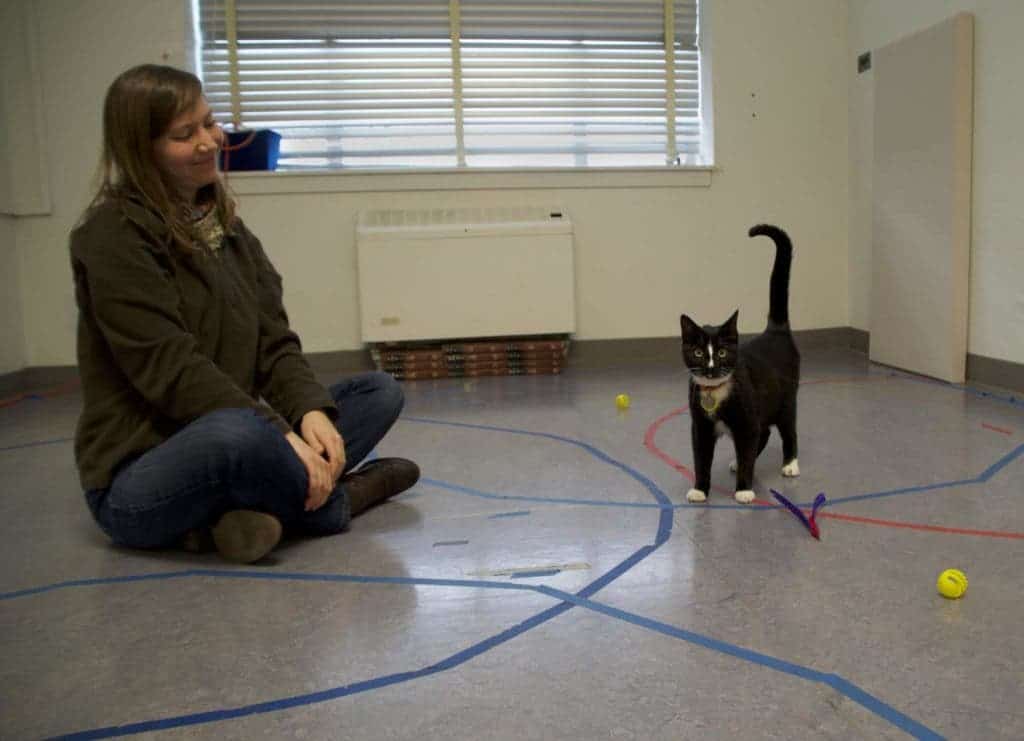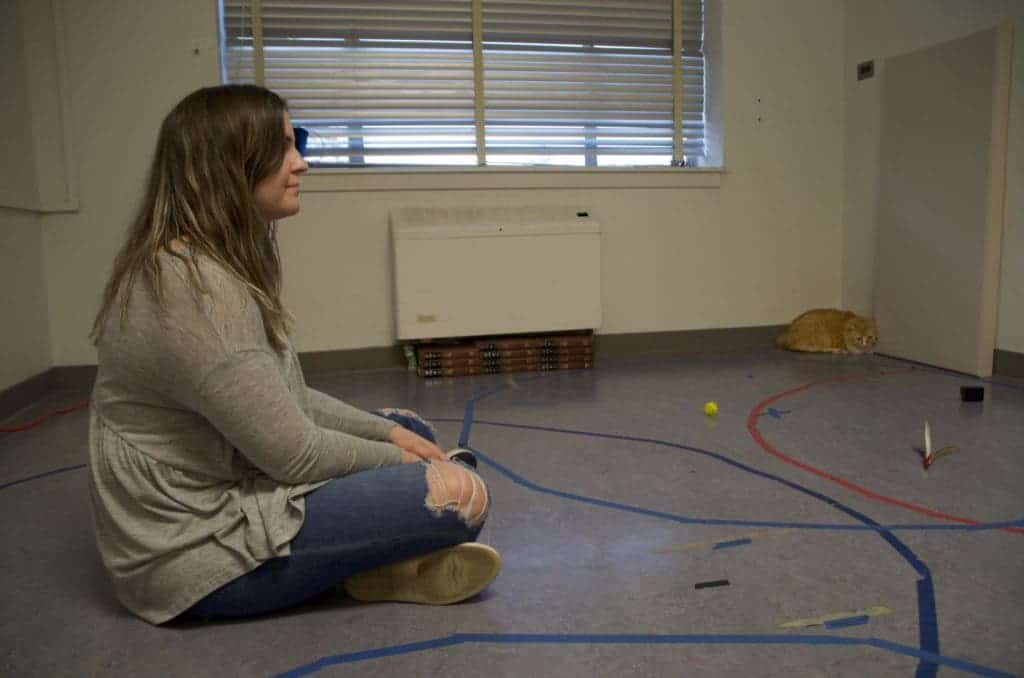Cats have a reputation for being aloof creatures that simply cannot be disturbed with trivial human affairs (unless there’s some tasty treat involved). Meanwhile, dogs are excited to do anything with their owners and are ready to embark on an adventure at the flick of a tail.
But, that doesn’t mean that felines don’t become attached to their caregivers all that different from dogs.

A new study found that pet cats form both secure and insecure bonds with their caregivers, similarly to canines, as well as human infants. This means that the cats are much more attached and socially attuned to humans than many have given them credit.
“Like dogs, cats display social flexibility in regard to their attachments with humans,” said Kristyn Vitale of Oregon State University. “The majority of cats are securely attached to their owner and use them as a source of security in a novel environment.”
According to John Bowlby, the first attachment theorist, attachment is a “lasting psychological connectedness between human beings”. There are three different attachment styles: secure attachment, ambivalent-insecure attachment, and avoidant-insecure attachment.
A securely attached child will show some sign of distress when a parent or caregiver leaves and happiness when they return. In this case, the child feels upset that the parents leave him, but those feelings are tempered by the knowledge that the parent will return. When a securely attached child is frightened, she will look to a parent for comfort, because she is confident mom or dad will provide reassurance.
Children who are ambivalent about their attachment to a caregiver typically become very distressed when that parent leaves. This is usually due to the parent’s lack of availability.
Avoidant attachment means a child tends to avoid a parent or caregiver. Given a choice, these children show no preference between a parent and a complete stranger. Research suggests this attachment style is probably the result of abusive or neglectful caregivers.
So, when infants are separated from their parents, their reaction upon reunion is telling of their type of relationship. For instance, secure infants are happy to see their caregiver but will quickly return to a relaxed exploratory state while insecure children engage in excessive clinging or avoidance behavior.

Vitale and colleagues tested this type of behavior in cats by allowing felines to spend two minutes in a novel room with their caregiver followed by two minutes alone. Then, a two-minute reunion followed.
Previously, similar tests were performed with primates and dogs. The new findings allowed the researchers to classify the felines’ response to seeing their owners again into attachment styles.

Surprisingly, the results showed that cats bond to their caregivers similarly to infants, with 65% of individuals being securely attached to their owners. Stable attachments may have facilitated the species’ success, growing alongside humans and their homes.
In the future, the researchers plan on expanding their researchers to cats and kittens that wind up in animal shelters.
“We’re currently looking at several aspects of cat attachment behavior, including whether socialization and fostering opportunities impact attachment security in shelter cats,” Vitale said.
The findings appeared in the journal Current Biology.


